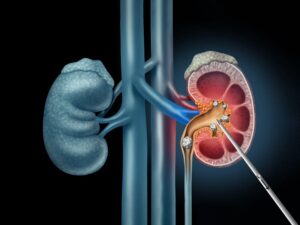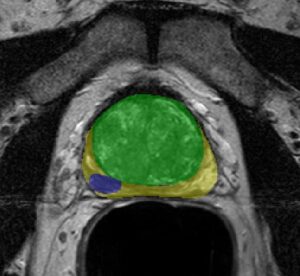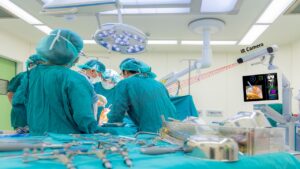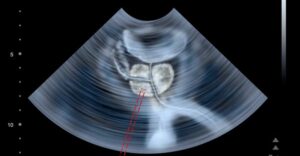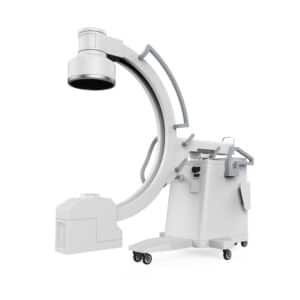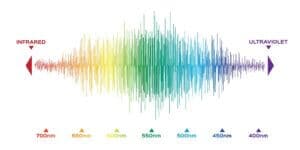Article Summary:
On-Combine, Multi-Sensor Data Collection for Post-harvest Assessment of Environmental Stress in Wheat
Continuing our series examining interesting articles in the field of computer vision, here RSIP Vision summarizes Dan Long’s and John McCallum’s article on on-combine, multi-sensor environmental data collection. Their findings are pertinent for the field of precision agriculture.
Recording variations of wheat yields within a field helps estimate its growth conditions and investigate yield-limiting factors. Wheat yield can vary significantly in different regions of the field due to variations in soil composition. Water or nitrogen depletion within parts of the field affects the growth process of wheat and in turn reduces yield and quality. Yield monitors are positioned during harvest, and combining the location derived from GPS, produces a spatial patterns used to indicate potential positions within fields which are yield-limiting. These maps are widely used in precision agriculture as the basis for site-specific management plans.
Crop yields are affected by many physical and biological factors, which ensures the interpretation of the site-specific yield maps is difficult. Usually, additional information regarding soil properties, weather, topography, et cetera is needed to better understand crop yield variability. The technological advancements in the development of on-combine sensors have paved the way for the integration of additional information during harvest. Chemical grain data can be obtained by utilizing on-combine near-infrared sensors which measure the concentration of proteins, starch and oil. Light detection and ranging (LiDAR) is used to measure crop height. As an additional measurement LiDAR can produce an estimation of the straw yield of wheat. The information recorded from multiple on-combine sensors needs to then be integrated to give a broad picture of the factors promoting or hindering the growth and yield of wheat.
With these additional measurements Dan S. Long and John D. McCallum from the USDA Agriculture Research Service in Oregon (USA), have sought to develop an on-combine multi sensor fusion procedure to better estimate on-site crop-limiting factors. In an article published in the Journal of Precision Agriculture, the authors claim that factors limiting yield can be better interpreted by using grain protein maps. Their system is comprised of a mass-flow yield monitor, an optical near-infrared spectrometer, a LiDAR instrument and a GPS receiver. These components measure grain yield, grain protein concentration and crop height. All information is recorded during harvesting at high speed and in predefined locations.
The authors set out to test their system in three neighboring farm fields near Echo, Oregon, in which watering systems vary. The first field has a central pivot irrigation system, the second a wheel-move irrigation system, and the third a dry-land field. The authors correlated individual grain yield and protein sensors to identify areas within fields where yield is limited due to nitrogen or water stress. They concluded that the multi-sensor data collection method they offer provided a better interpretation of the grain yield maps. They further suggest that grain quality sensors should be developed by precision agriculture technology manufactures and integrated with existing grain yield monitors.
Reference:
Long, Dan S., and John D. McCallum. "On-combine, multi-sensor data collection for post-harvest assessment of environmental stress in wheat." Precision Agriculture: 1-13. Image: Image by Bluemoose (Own work) CC-BY-SA-3.0 (http://creativecommons.org/licenses/by-sa/3.0/)

